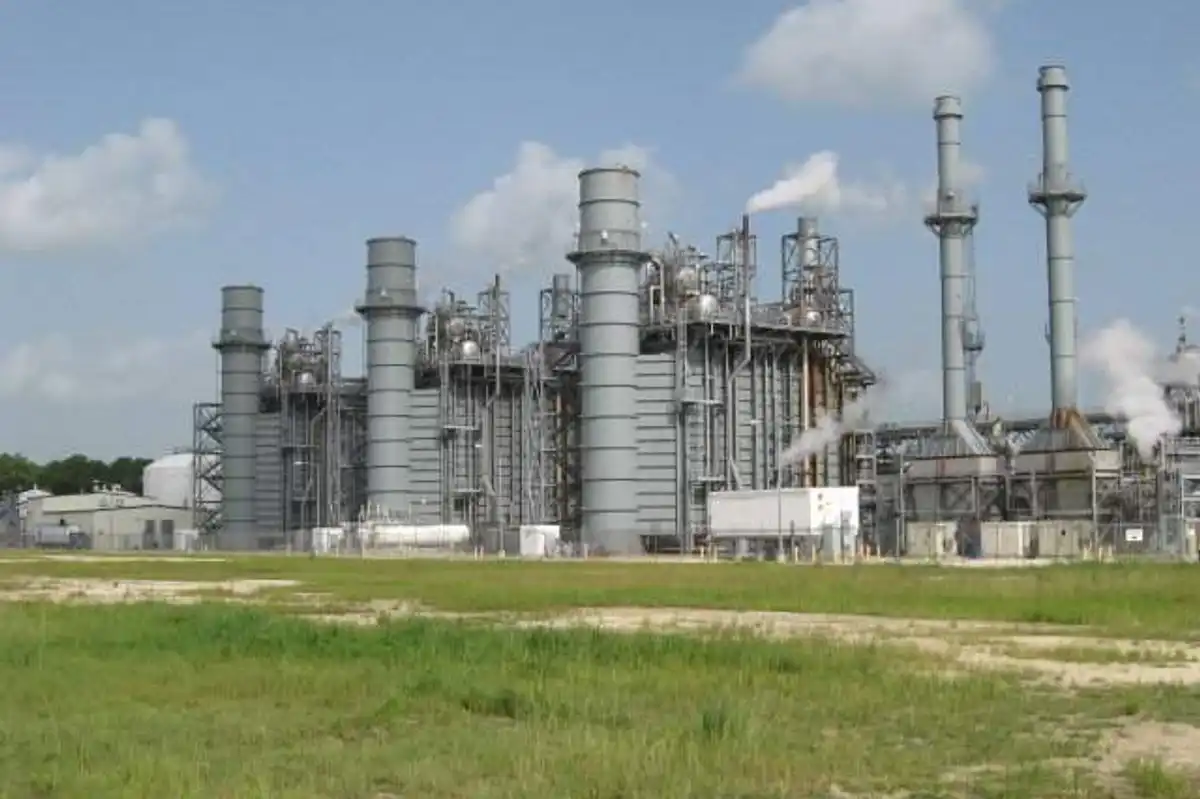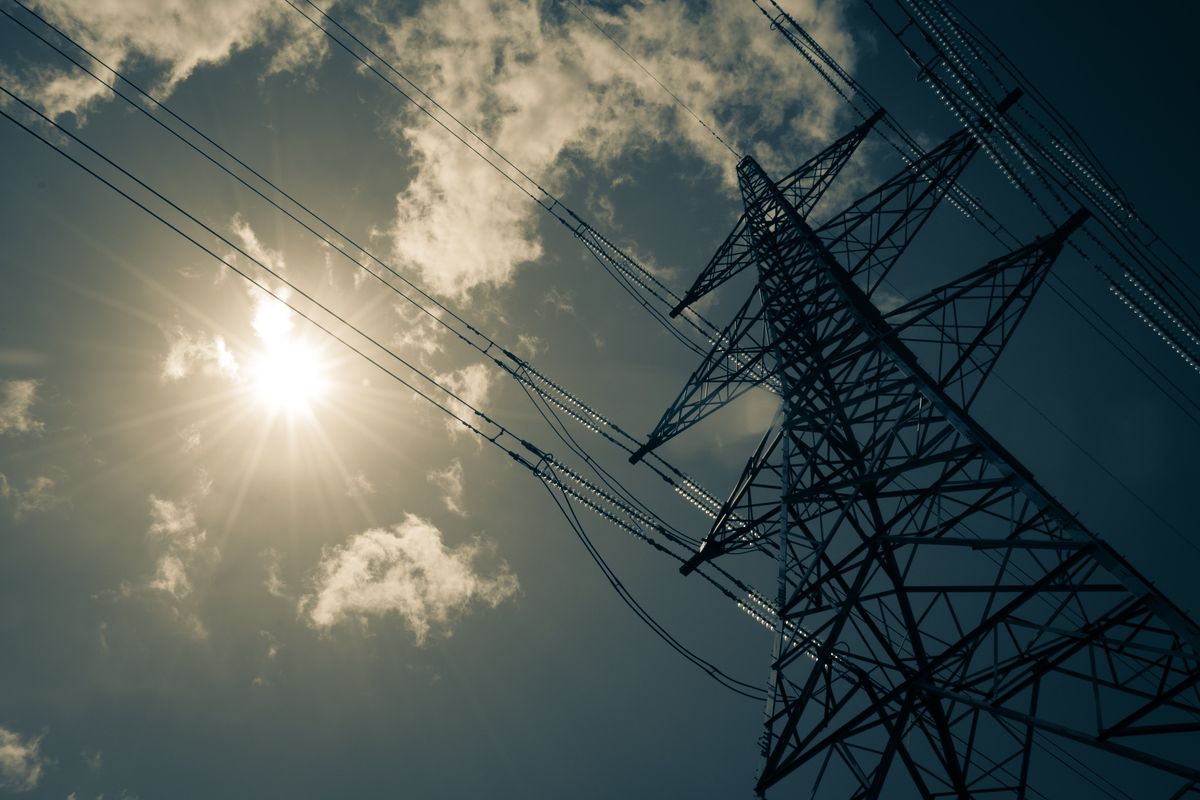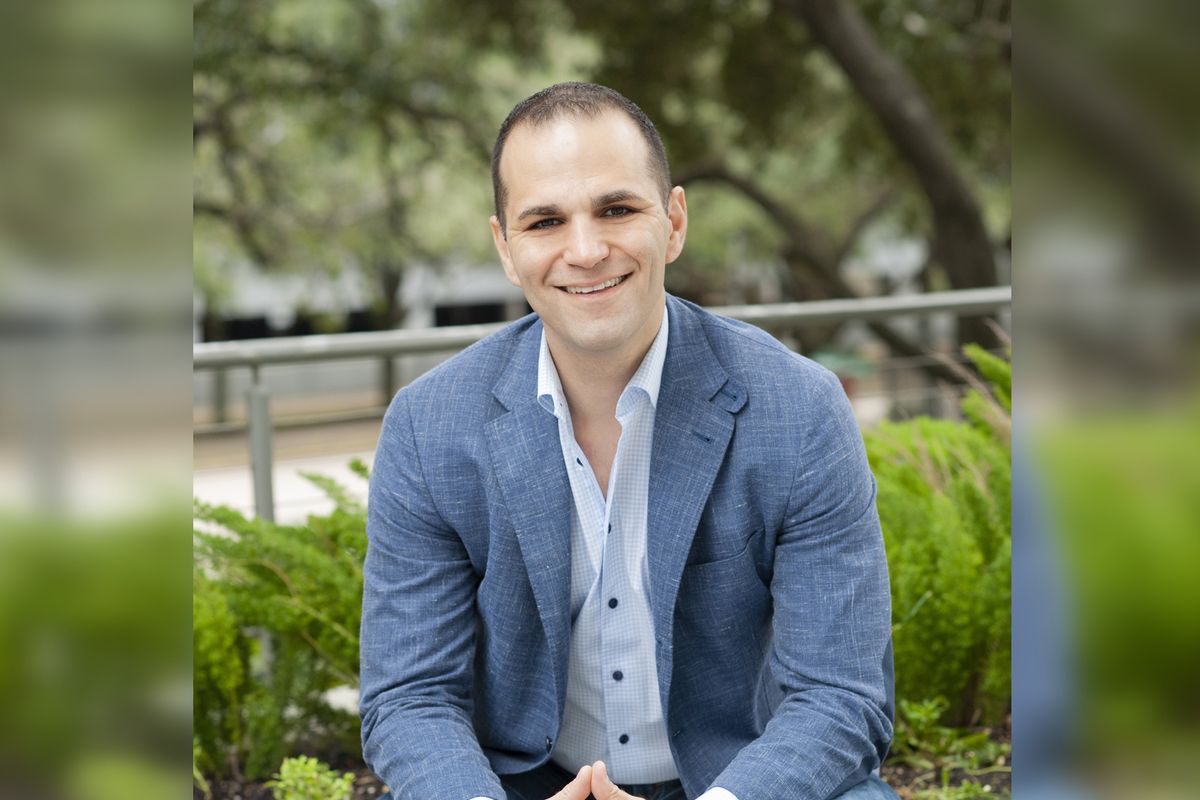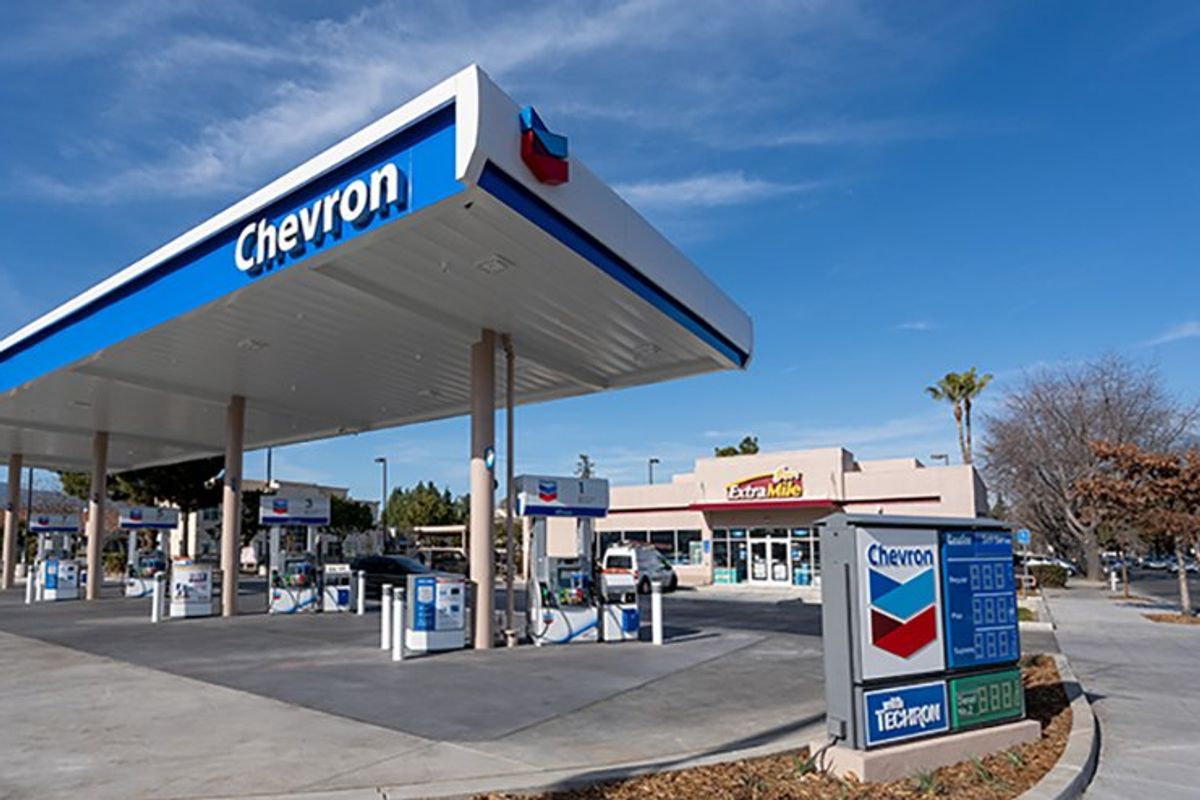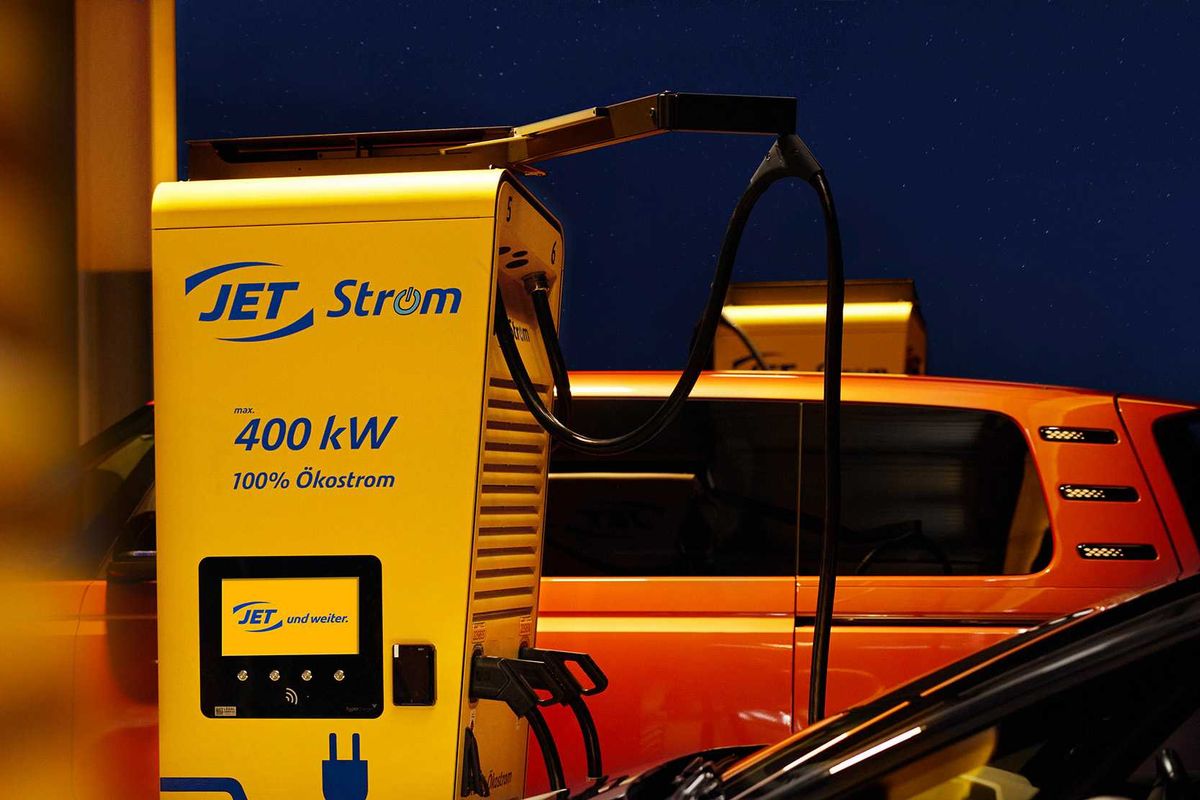Supreme Court confronts what to do with growing pile of nuclear waste
The Debate Continues
The Supreme Court will hear arguments Wednesday in a fight over plans to store nuclear waste at sites in rural Texas and New Mexico.President Joe Biden's administration and a private company with a license for the Texas facility appealed a ruling by the 5th U.S. Circuit Court of Appeals that found that the Nuclear Regulatory Commission exceeded its authority in granting the license. The outcome of the case will affect plans for a similar facility in New Mexico roughly 40 miles away.
On this issue, President Donald Trump's administration is sticking with the views of its predecessor, even with Texas Gov. Greg Abbott, a Republican ally of Trump, on the other side.
The push for temporary storage sites is part of the complicated politics of the nation’s so far futile quest for a permanent underground storage facility.
Here's what to know about the case.
Where is spent nuclear fuel stored now?
Roughly 100,000 tons of spent fuel, some of it dating from the 1980s, is piling up at current and former nuclear plant sites nationwide and growing by more than 2,000 tons a year. The waste was meant to be kept there temporarily before being deposited deep underground.
A plan to build a national storage facility northwest of Las Vegas at Yucca Mountain has been mothballed because of staunch opposition from most Nevada residents and officials.
The Nuclear Regulatory Commission has said that the temporary storage sites are needed because existing nuclear plants are running out of room. The presence of the spent fuel also complicates plans to decommission some plants, the Justice Department said in court papers.
Where would it go?
The NRC granted the Texas license to Interim Storage Partners LLC for a facility that could take up to 5,000 metric tons of spent nuclear fuel rods from power plants and 231 million tons of other radioactive waste. The facility would be built next to an existing dump site in Andrews County for low-level waste, such as protective clothing and other material that has been exposed to radioactivity. The Andrews County site is about 350 miles west of Dallas, near the Texas-New Mexico state line.
The New Mexico facility would be in Lea County, in the southeastern part of the state near Carlsbad. The NRC gave a license for the site to Holtec International.
The licenses would allow for 40 years of storage, although opponents contend the facilities would be open indefinitely because of the impasse over permanent storage.
Political opposition is bipartisan
Republicans and Democrats, environmental groups and the oil and gas industry all oppose the temporary sites.
Abbott is leading Texas' opposition to the storage facility. New Mexico Democratic Gov. Michelle Lujan Grisham also is opposed to the facility planned for her state.
A brief led by Republican Texas Sen. Ted Cruz on behalf of several lawmakers calls the nuclear waste contemplated for the two facilities an “enticing target for terrorists” and argues it's too risky to build the facility atop the Permian Basin, the giant oil and natural gas region that straddles Texas and New Mexico.
Elected leaders of communities on the routes the spent fuel likely would take to New Mexico and Texas also are opposed.
What are the issues before the court?
The justices will consider whether, as the NRC argues, the states forfeited their right to object to the licensing decisions because they declined to join in the commission’s proceedings.
Two other federal appeals courts, in Denver and Washington, that weighed the same issue ruled for the agency. Only the 5th Circuit allowed the cases to proceed.
The second issue is whether federal law allows the commission to license temporary storage sites. Opponents are relying on a 2022 Supreme Court decision that held that Congress must act with specificity when it wants to give an agency the authority to regulate on an issue of major national significance. In ruling for Texas, the 5th Circuit agreed that what to do with the nation’s nuclear waste is the sort of “major question” that Congress must speak to directly.
But the Justice Department has argued that the commission has long-standing authority to deal with nuclear waste reaching back to the 1954 Atomic Energy Act.






